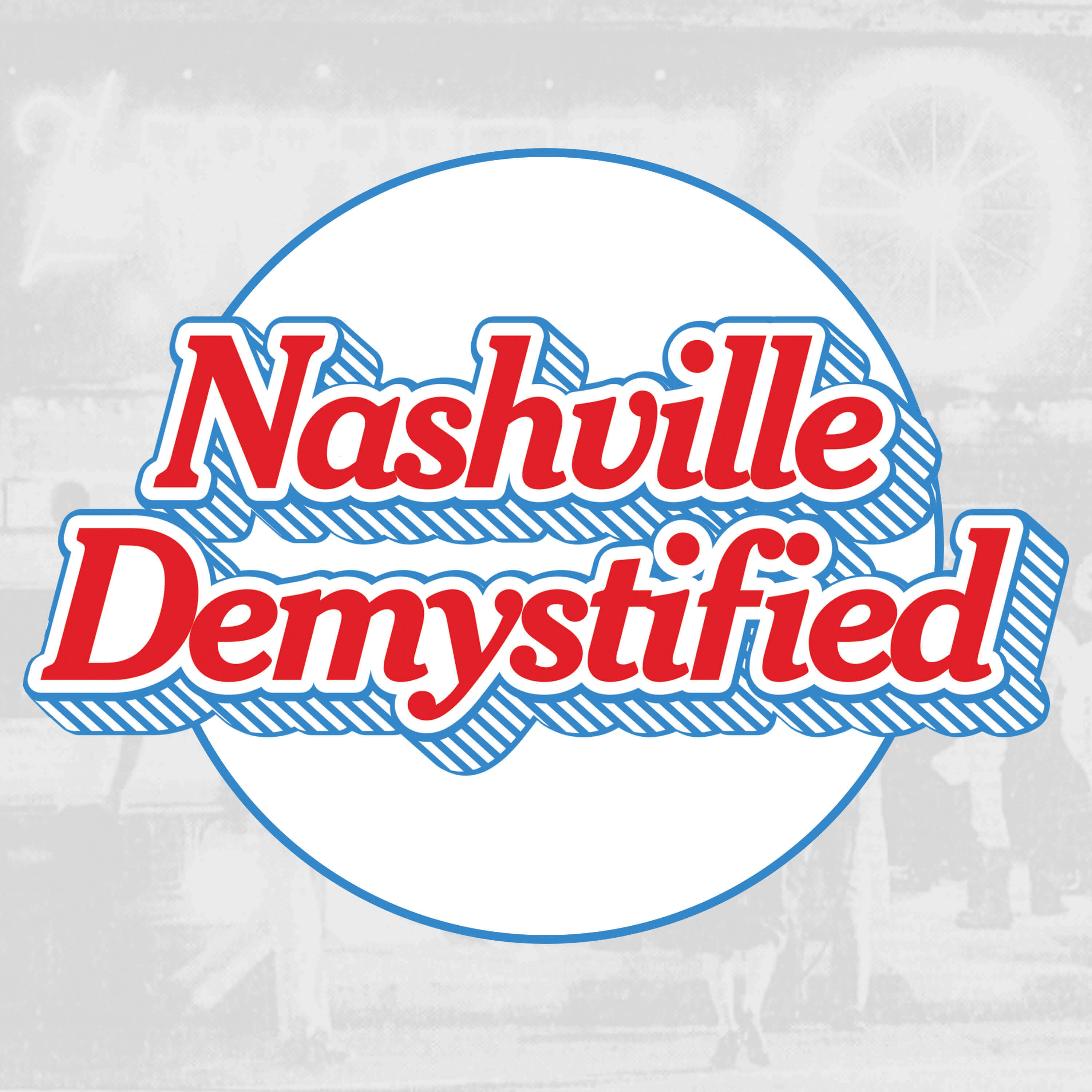Podcast: Download
Subscribe: RSS
Behold! The second installment of our two part series on The Bell Witch.
Today we’re going to dive into the actual story—well, the QUOTE actual story—and get into many of the details that tend to be omitted in its retelling. We’ll get to know M.V. Ingram, the author of the first book on The Bell Witch, a bit better, and we’ll examine theories on what the haunting may have *actually* been. And! I was contacted by one of the highest authorities on all things Bell Witch in regard to last week’s episode, so I’ll share a bit about that.
We’re joined by our pal Sean Nelson in this episode! Thanks so much for lending us your voice talents, Sean!
We also pull heavily from Betsy Philips’ blog Tiny Cat Pants. Particularly these installments:
The Bell Witch and Spiritualism [11.09.2010]
The Bell Witch [07.28.2005]
The Infamous Witch [10.01.2009]
You can find Pat Fitzhugh’s Bell Witch website here: http://www.bellwitch.org/
Nashville Demystified is made possible with support by Knack Factory. It is distributed by We Own This Town.
You can find Nashville Demystified online on Twitter, Instagram, and TikTok.
Official Site: nashvilledemystified.com
Twitter: @NDemystified
Instagram: @nashvilledemystified
TikTok: https://www.tiktok.com/@alexsteed




1 Comment
Thanks so much for yet another excellent episode on the “Bell Witch.” I really enjoyed it, and I like the approach you took. Below are a few general comments I have to share.
The recent news media frenzy about John Bell’s “poisoning,” which one outlet proclaimed “that may solve it all,” isn’t new, conceptually. Every couple years, new “the Bell Witch has been solved” articles circulate. Thus far, all have featured old, beaten-like-a-dead-horse theories that have already been debunked, or which can not be validated.
I looked at arsenic years ago. I concluded that Ingram did a great job of describing arsenic poisoning, even to the point of making an indirect chemical reference to the alleged “blue flame,” but all the while insisting that the “witch” did it. More importantly, I concluded that there is no credible evidence which suggests he was poisoned in the first place. At the time, Bell had lived almost twice his life expectancy (36 years for a white male born in 1750 in Isle of Wight, Virginia), meaning he could have died from almost anything. A direct descendant who is a medical doctor and professor told me Bell’s symptoms (as stated by Ingram, whether true or false) were consistent with an affliction of the central nervous system. The cause of those symptoms–if he really experienced them–is anyone’s guess. At the end of the day, we don’t know his true cause of death. Poisoning can’t be ruled in, or out.
The “abuse theory” was a convenient way to reach a Hollywood-marketable closure to the story. The theory came about in several phases. In the 1930s and 40s, Dr. Nandor Fodor, a Hungarian attorney-turned-parapsychologist and student of Freud, theorized that poltergeists where the result of malformed brain waves and energy, usually generated by the mind of an adolescent going through some type of emotional trauma. Then, in the early and mid-1960s, William Rohl, a parapsychology researcher in North Carolina, theorized the poltergeist attacks were random, spontaneous forms of psychokinesis (mind over matter) generated by the mind of the adolescent without them being aware of it. This became known as “Recurrent Spontaneous Psychokinesis” (RSPK). Shortly thereafter, in November of 1968, “Playboy,” the notorious men’s magazine, decided to run an article on the Bell Witch. Staying true to its reputation, the magazine decided to put a “bedroom spin” on the article. They took the poltergeist theories I mentioned earlier, plugged them into the variables, and VAVOOM… John abused Betsy, and Betsy’s mind generated the poltergeist. It killed John for revenge, and turned on Betsy, attacking her, as punishment to address her feelings of guilt for having remained silent about the matter. Since then, a few books, articles, plays, and at least one movie, have tried to cash in on the abuse theory. That’s the abuse theory and how it came to fruition. Personally, I don’t agree with it because it’s just a speculative conglomeration of theories.
Thanks again for another great episode!
Sat November 13, 2021 at 1:03 am